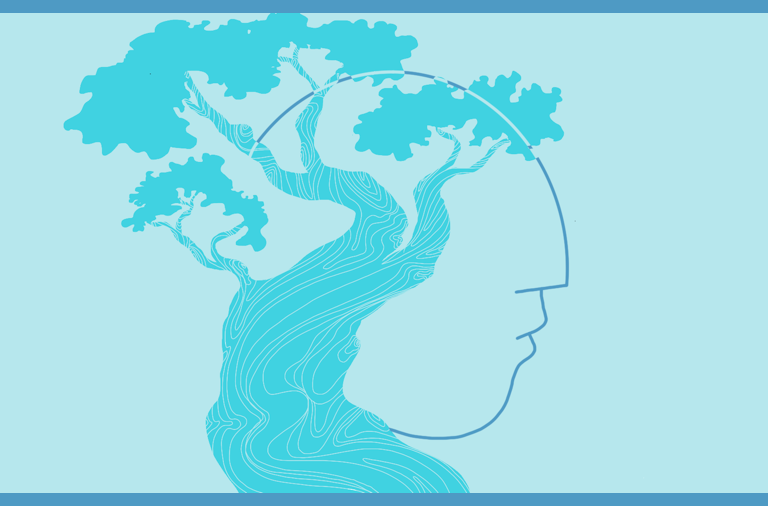 In her book Earth Repair, Leila Darwish provides a grassroots guide to healing toxic and damaged landscapes emphasizing local solutions. “You want to work first with plants, microbes and mushroom indigenous to a site if you can. Those will be the most resilient healers.” She encourages bioremediators to protect themselves physically, and counsels patience: “What took decades to create is not going to be healed in one round. It might take several years or longer depending on what the contamination is and how many types are present.” She encourages experimenting and sharing the results, and believes that “plants and mushrooms are not only healing the land in their own ways and on their own timeframe…they also are healers of people.” Episode 285
In her book Earth Repair, Leila Darwish provides a grassroots guide to healing toxic and damaged landscapes emphasizing local solutions. “You want to work first with plants, microbes and mushroom indigenous to a site if you can. Those will be the most resilient healers.” She encourages bioremediators to protect themselves physically, and counsels patience: “What took decades to create is not going to be healed in one round. It might take several years or longer depending on what the contamination is and how many types are present.” She encourages experimenting and sharing the results, and believes that “plants and mushrooms are not only healing the land in their own ways and on their own timeframe…they also are healers of people.” Episode 285

NOTE: Images in this archived article have been removed.




